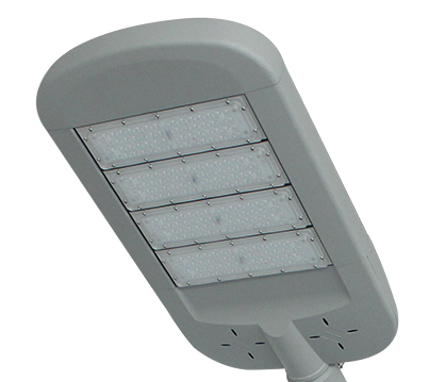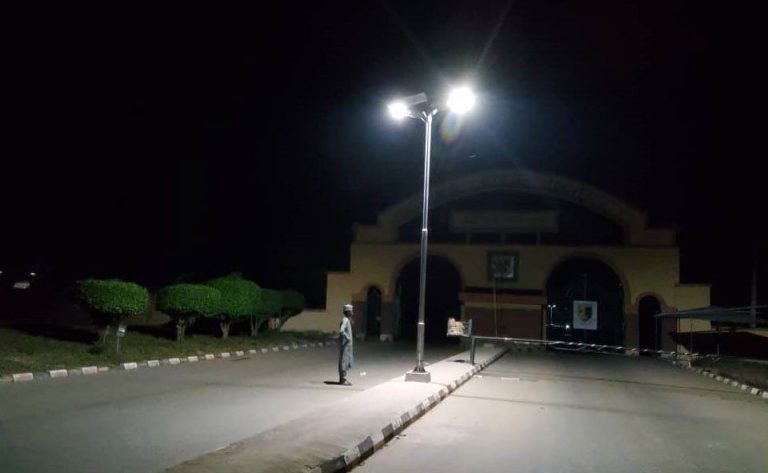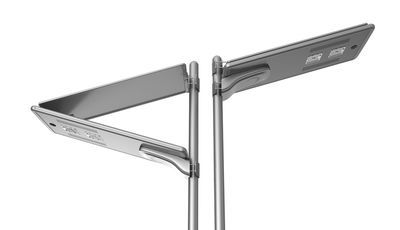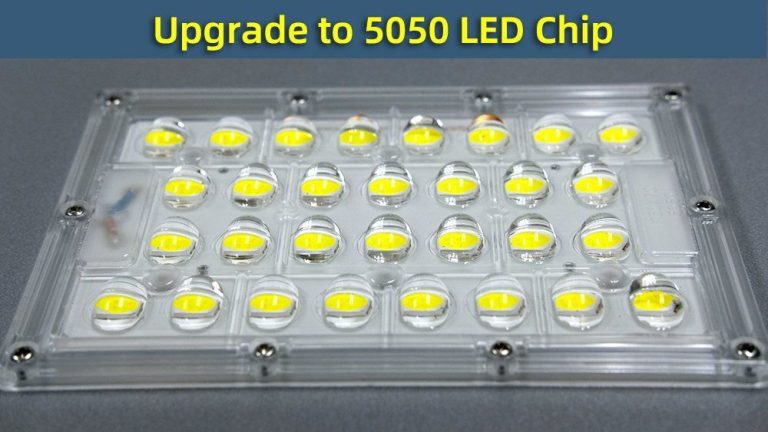Maximizing Efficiency: The Advantages of Smart Integrated Solar-powered Street Lighting Systems
Smart Integrated Solar-powered Street Lighting Systems have emerged as a beacon of efficiency and sustainability in urban landscapes worldwide. As cities grapple with the dual challenges of energy consumption and environmental impact, these innovative systems offer a promising solution. By harnessing the power of solar energy and integrating smart technology, they provide illumination while minimizing resource consumption and maximizing efficiency.
One of the primary advantages of Smart Integrated Solar-powered Street Lighting Systems is their reliance on renewable energy sources. Unlike traditional streetlights that rely on grid electricity, these systems utilize solar panels to capture sunlight and convert it into electricity. This not only reduces reliance on fossil fuels but also mitigates the strain on existing power grids, especially during peak demand periods. By tapping into an abundant and inexhaustible energy source, these systems contribute to a more sustainable and resilient energy infrastructure.
| Serial Number | Name |
| 1 | All-in-One Solar Street Light |
Moreover, the integration of smart technology enhances the efficiency and functionality of solar-powered street lighting. Advanced sensors and controls enable these systems to adjust their brightness levels based on ambient light conditions and human activity. For example, they can dim or brighten automatically in response to changes in natural light or pedestrian and vehicular traffic patterns. This dynamic control not only optimizes energy usage but also enhances safety and visibility in public spaces.
Furthermore, Smart Integrated Solar-powered Street Lighting Systems are characterized by their remote monitoring and management capabilities. Through connected platforms, municipal authorities can remotely monitor the performance of each light fixture, track energy consumption, and diagnose potential issues in real-time. This proactive approach to maintenance ensures timely repairs and reduces downtime, thereby maximizing the reliability and longevity of the lighting infrastructure.
In addition to their environmental and operational benefits, these systems offer economic advantages to municipalities and communities. While the initial investment in solar-powered street lighting may be higher than conventional alternatives, the long-term savings are substantial. By eliminating electricity bills and reducing maintenance costs associated with traditional lighting systems, municipalities can achieve significant cost savings over the lifecycle of the infrastructure.

Furthermore, the deployment of Smart Integrated Solar-powered Street Lighting Systems can enhance the overall quality of urban life. Well-lit streets promote public safety and security, reducing the risk of accidents, crime, and vandalism. Additionally, the aesthetic appeal of these modern lighting fixtures can contribute to the beautification of urban landscapes, creating more inviting and vibrant public spaces for residents and visitors alike.
In conclusion, Smart Integrated Solar-powered Street Lighting Systems represent a paradigm shift in urban lighting infrastructure. By leveraging renewable energy sources and smart technology, these systems offer a sustainable, efficient, and cost-effective solution for illuminating public spaces. From reducing carbon emissions to enhancing safety and aesthetics, the benefits of these innovative lighting solutions are manifold. As cities continue to prioritize sustainability and resilience, Smart Integrated Solar-powered Street Lighting Systems are poised to play a pivotal role in shaping the future of urban landscapes.







